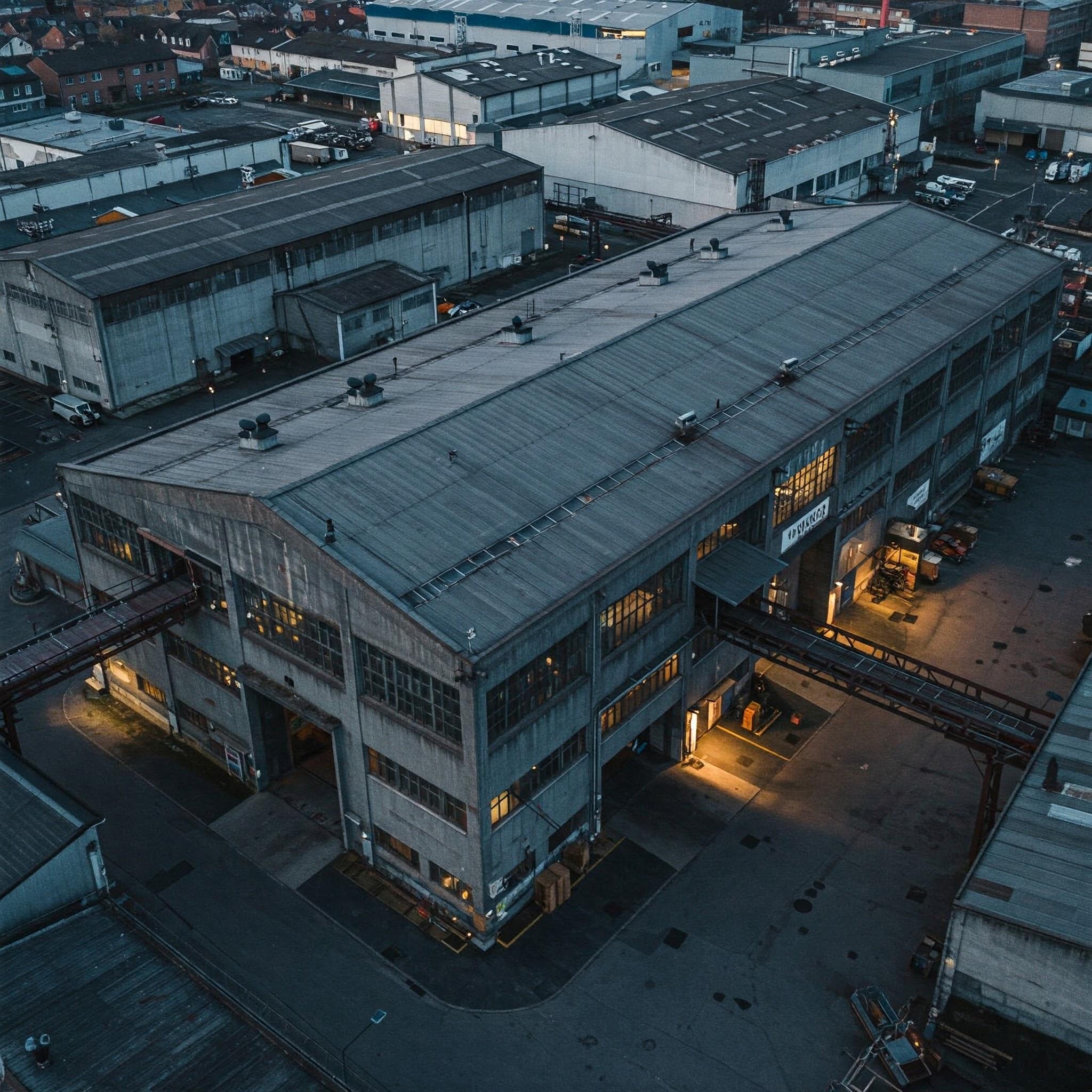Essential Guidelines for Designing Robust Electrical Systems in Industrial Buildings

Designing an electrical system for industrial buildings is one of the most demanding aspects of infrastructure engineering. Unlike residential or commercial structures, industrial facilities house heavy-duty machinery, operate around the clock, and involve high energy loads that require careful planning and precise execution.
Industrial buildings—such as manufacturing plants, warehouses, and assembly lines—rely on a robust and intelligent electrical setup to maintain productivity, ensure worker safety, and adapt to technological advancements.
1. Prioritizing Safety in High-Risk Environments
Industrial environments involve machinery, high voltages, and flammable materials, making electrical safety paramount. Implementing Ground Fault Circuit Interrupters (GFCIs) and Arc Fault Circuit Interrupters (AFCIs) helps prevent shocks, fires, and short circuits. Safety protocols should also include clear labeling, protective enclosures, grounding systems, and regular safety audits.
2. Maximizing Energy Efficiency
Given their high energy consumption, industrial buildings benefit significantly from energy-efficient systems. This includes LED industrial lighting, automated HVAC systems, variable frequency drives (VFDs) for motors, and smart energy management systems. Optimizing load distribution and monitoring consumption can also lead to substantial cost savings and a reduced carbon footprint.
3. Designing for Uninterrupted Reliability
Reliability is vital in industrial settings where downtime can result in significant financial losses. Electrical systems must be designed with redundancy in mind—featuring backup generators, Uninterruptible Power Supplies (UPS), and dual power feeds to critical equipment. Load segregation ensures that essential systems remain operational even during failures.
4. Built-In Scalability for Future Expansion
Industrial operations often evolve with changes in technology or production capacity. A scalable electrical system supports future upgrades, such as automation systems, electric vehicle charging stations, or on-site renewable energy solutions. Provisions for expanding switchgear, adding circuits, and integrating modern technologies should be included from the outset.
5. Comprehensive Fire Safety Systems
High-powered machinery and complex wiring increase the risk of electrical fires. Fire detection and suppression systems, such as heat sensors, sprinkler systems, and gas-based fire suppression, must be integrated. Using fire-rated cables and ensuring proper separation of high-voltage components adds another layer of protection.
6. Integrated Security Solutions
Industrial facilities must also address the risks of theft, sabotage, or unauthorized access. Electrical designs should accommodate security systems, including CCTV surveillance, access control panels, perimeter alarms, and intrusion detection systems, all connected to centralized monitoring units.
7. Regulatory Compliance and Quality Standards
Compliance with local and international standards such as the National Electrical Code (NEC), IEC standards, and OSHA guidelines is essential. Using certified components, conducting regular maintenance, and keeping detailed documentation ensures the system meets both safety and legal requirements.
8. Smart Monitoring and Management
Advanced monitoring systems allow for real-time data collection on voltage levels, energy usage, and equipment performance. Power Distribution Units (PDUs), remote monitoring tools, and Building Management Systems (BMS) enhance operational oversight, enabling predictive maintenance and reducing unexpected downtimes.
Conclusion
Designing an electrical system for an industrial building is not just about functionality—it’s about building an infrastructure that is safe, scalable, energy-efficient, and future-ready. With heavy machinery, continuous operations, and evolving demands, a well-thought-out design ensures that the facility runs efficiently, workers stay protected, and the business remains resilient.
Industrial engineers and facility planners must work collaboratively to ensure that the electrical system serves as a backbone for productivity while maintaining full compliance and sustainability.



